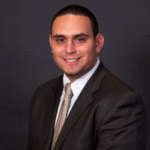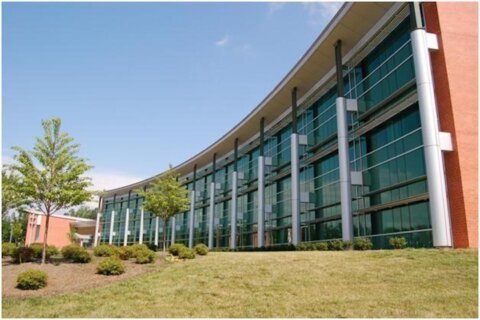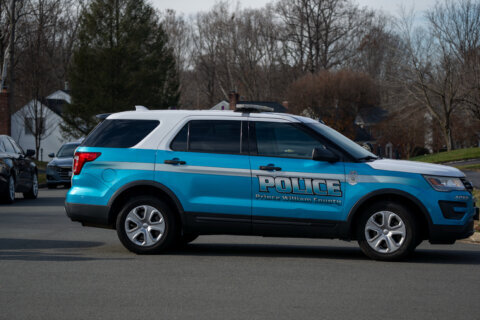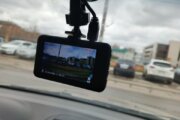During a recent lesson about the Revolutionary War at Kerrydale Elementary in Woodbridge, Virginia, students learned about taxation without representation.
To help them understand exactly what it means when something is taxed, the fourth graders were given a handful of M&Ms. Each time they wanted to use a chair, grab an extra pencil or ask a question, they had to give up a piece of candy.
Fourth grade language arts teacher Jenna Wilson overheard students talking about the lesson soon thereafter.
According to Wilson, students said things like, “This is crazy, taxes just take everything from you.”
“It was funny to hear there’s fourth graders understanding the concept of the money coming to a different spot,” Wilson said.
The activity falls under the school’s hands-on approach to teaching called Visible Learning.
Principal Alyse Zeffiro said the Prince William County school started using a Visible Learning approach, inspired by New Zealand educator John Hattie’s research, more than three years ago. The approach has helped students at the Title I school remain on track, and the school was recently named a 2022 National ESEA Distinguished School for its ability to close the achievement gap between student groups.
Kerrydale is also expected to become the first Virginia school to be certified in Visible Learning by the spring, Zeffiro said.
The recognition, Zeffiro said, means “that all students, regardless of their background, ethnicity, economic status have equal access to learning, and are learning at high levels and achieving at high levels set forth by the state.”
When Zeffiro was a third grade teacher, she said she became familiar with Hattie’s research, and Kerrydale started to transition its approach to teaching after the pandemic. The school planned over 50 hours of professional development, which ranged from presentations to instructional rounds, during which teachers visited other teachers’ classrooms to observe their styles.
Visible Learning, she said, is “focused on what impacts student achievement in the classroom, and what does not impact student achievement in the classroom. And one of the highest impact strategies and instructional strategies that can be that can be implemented within a classroom is teacher clarity.”
“Our teachers felt the urgency of teaching our students to the best of our abilities, so that they are not going to suffer an impact of learning over the course of the pandemic, and what the pandemic has done to teaching and learning,” Zeffiro said.
The hands-on approach varies based on grade and subject. Each quarter, Wilson said, the school hosts what it calls a Cardinal Café, during which students have the chance to walk around the classroom and explore new books and authors.
A math teacher at the school taught students division by using pictures of bottles and a vending machine to help students visualize the problem at hand.
And a fifth grade science teacher taught force and motion by having students “down on the floor with cars, moving them up and down the hallway, to experience what force and motion looks like in action,” Wilson said.
Even kindergarteners “are in their rooms discussing the books they’re reading. They’re able to tell you the characters and the setting, and they’re able to have those conversations. The best part about it is they’re giving each other feedback.”
School leaders routinely evaluate data to monitor student progress, Zeffiro said, and the school earned the national recognition for closing the achievement gap, as measured by Virginia Standards of Learning benchmarks and standards.
Wilson compared the school’s approach to baking.
“If you’ve seen one of those baking shows, a lot of times they’ll give the bakers ingredients, and they’ll give them very, very vague directions on how they can complete their bake. That’s kind of what our teaching used to look like,” Wilson said. “We gave the students the materials they need. We taught them some strategies, and then we would say things like, ‘Find the main idea or multiply two by two digit numbers.'”
“But with our learning extensions in our success criteria, we’re giving them the most detailed recipe possible, so that all students, no matter what expertise they come with, no matter what is happening at home (or) what they walk in the door with, all of our students are able to access that final bake, or that final product.”
Zeffiro said students are also recognizing their own progress.
“Every kid that walks through our door is happy to be here,” Zeffiro said. “I’ve had visitors come into our building, and they walk the halls, they go into classrooms, and one of the first things that they say to me is, ‘Wow, your teachers love teaching, and your kids love learning.'”








